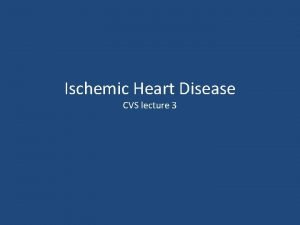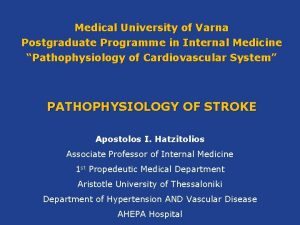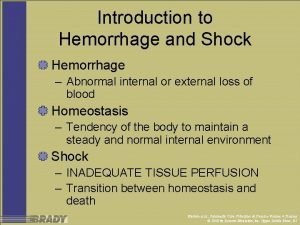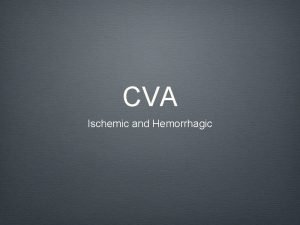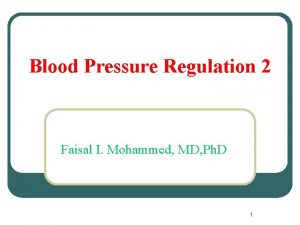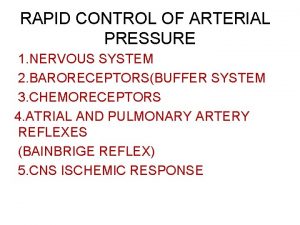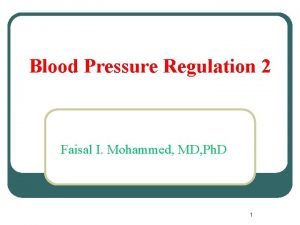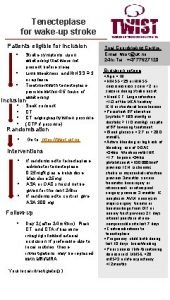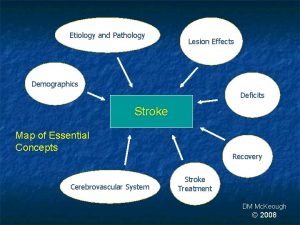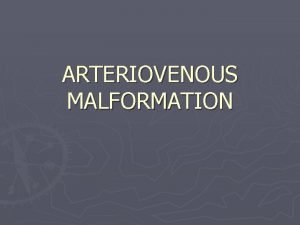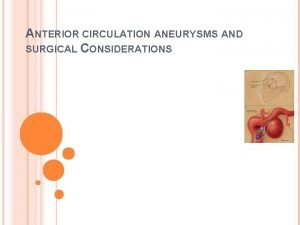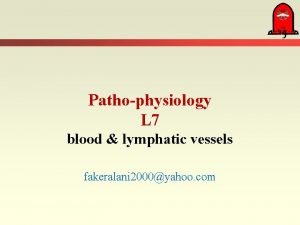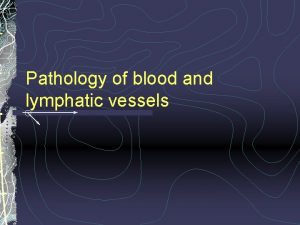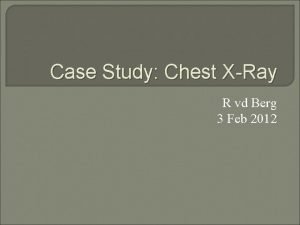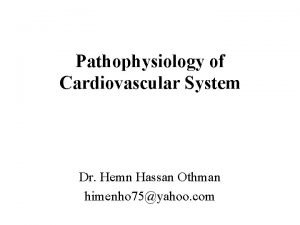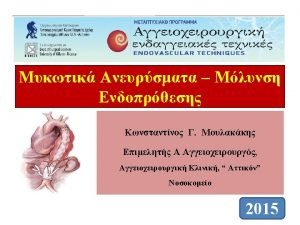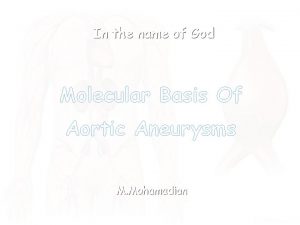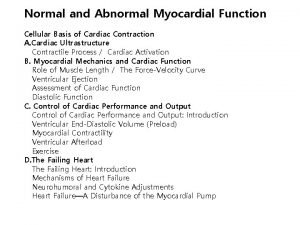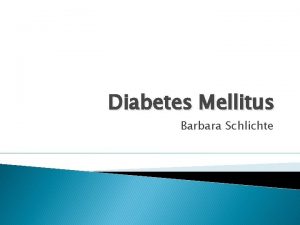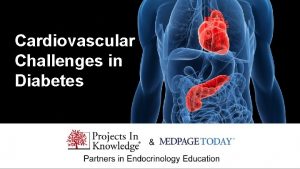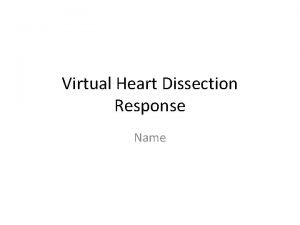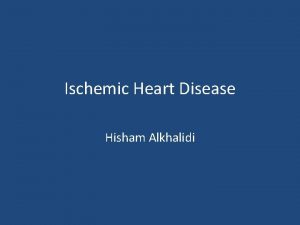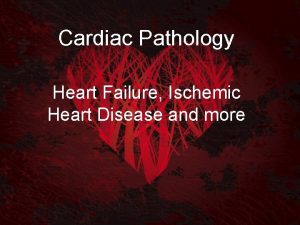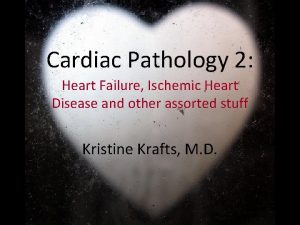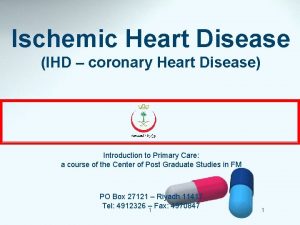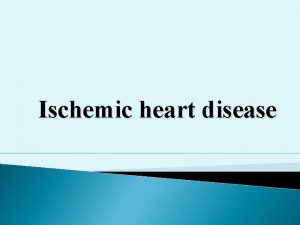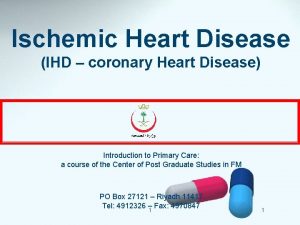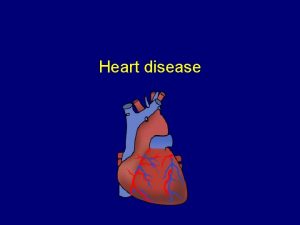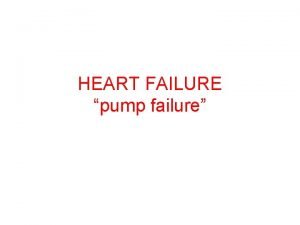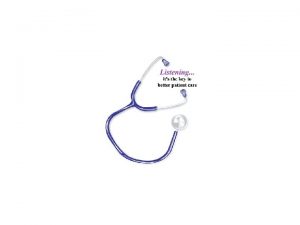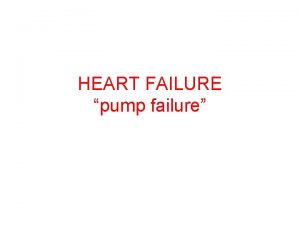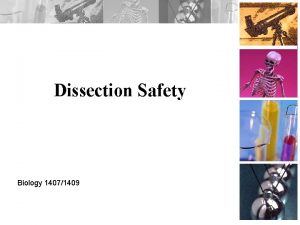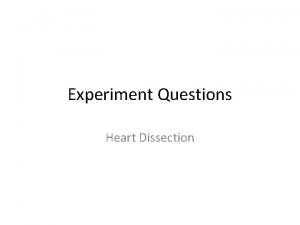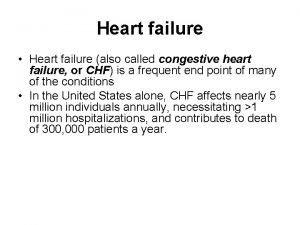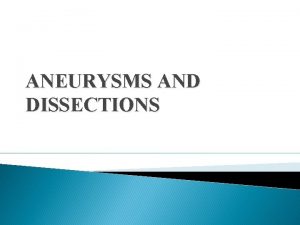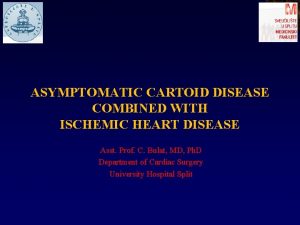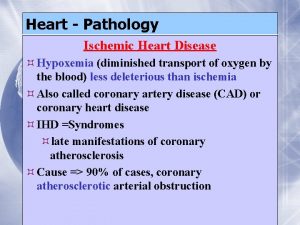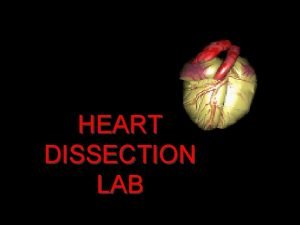Heart Failure Ischemic Heart Disease Aneurysm and Dissection

































- Slides: 33

Heart Failure Ischemic Heart Disease Aneurysm and Dissection Maram Abdaljaleel, M. D.

Heart Failure • End point of many heart diseases • Can be called Congestive Heart Failure (CHF) • Common! In USA, 5 millions affected each year • carries an extremely poor prognosis (300, 000 fatalities) • Heart can’t pump blood fast enough to meet needs of body

What happens if this side failed? R L Pearson’s Comprehensive Medical Assisting: administrative and clinical competencies, 3 rd edition, ch 27, figure 27 -12

• If the left side of the heart fail blood backs up in the lung! • If the right side of the heart fail blood backs up in the body!

Causes: • left-sided heart failure • Severe pulmonary hypertension (“cor pulmonale”) • primary pulmonic or tricuspid valve disease • congenital heart disease R L Causes: • Ischemic heart disease (IHD) • systemic hypertension • mitral or aortic • valve disease • primary diseases of the myocardium (e. g. , amyloidosis) Pearson’s Comprehensive Medical Assisting: administrative and clinical competencies, 3 rd edition, ch 27, figure 27 -12

Morphology : • Right ventricular hypertrophy, dilation • right atrial enlargement R L Morphology • LV hypertrophy, dilation • LA may be enlarged too (risk of atrial fibrillation) , ch 27, figure 27 -12 Pearson’s Comprehensive Medical Assisting: administrative and clinical competencies, 3 rd edition

Clinical Features of left failure : • Dyspnea • Orthopnea • paroxysmal nocturnal dyspnea • Too Enlarged heart • increased heart rate • fine rales at lung bases • Later: mitral regurgitation, systolic murmur • LA may be enlarged too (risk of atrial fibrillation) Pearson’s Comprehensive Medical Assisting: administrative and clinical competencies, 3 rd edition, ch 27, figure 27 -12

Clinical Features of right failure : • Peripheral edema • Big, congested liver (“nutmeg liver”) • Big spleen Pearson’s Comprehensive Medical Assisting: administrative and clinical competencies, 3 rd edition, ch 27, figure 27 -12

Right sided heart failure: • Liver: Ø Ø prominent passive congestion, a pattern referred to as nutmeg liver congested centrilobular areas are surrounded by peripheral paler, noncongested parenchyma. elevated pressure in the portal vein and its tributaries (portal hypertension), • Spleen: Ø with vascular congestion producing a tense, enlarged spleen (congestive splenomegaly).

Cont: / • Pleural, Pericardial, and Peritoneal Spaces: Systemic venous congestion due to right heart failure can lead to transudates (effusions) in the pleural and pericardial spaces, but usually does not cause pulmonary parenchymal edema. • Subcutaneous Tissues. Peripheral edema of dependent portions of the body, especially ankle (pedal) and pretibial edema, is a hallmark of right heart failure. In chronically bedridden patients, the edema may be primarily presacral. In particularly severe cases, generalized massive edema (anasarca) may be seen.

© AL G ISTOCKPHOTO/E “Nutmeg” liver Nutmeg

Diseasepictures. info ISCHEMIC HEART DISEASE

Ischemic Heart Disease • It’s a leading cause of mortality in the United States and other developed nations, accounting for 7 million deaths worldwide each year. It happens when Myocardial perfusion can’t meet demand

Ischemic Heart Disease • clinical syndromes: – Angina – Acute myocardial infarction – Chronic IHD with CHF – Sudden cardiac death

Clinical syndromes • Angina pectoris (literally, “chest pain” 0: Ischemia induces pain but is insufficient to cause myocyte death. • Acute myocardial infarction (MI): The severity or duration of ischemia is sufficient to cause myocyte death. • Chronic IHD with CHF: Progressive cardiac decompensation eventually precipitates mechanical pump failure. • Sudden cardiac death (SCD): results mostly from a lethal arrhythmia without myocyte necrosis

Angina can be: ü stable (occurring at certain levels of exertion), ü Prinzmetal angina caused by vessel spasm ü unstable (occurring with less exertion or at rest).

Cardiac syndromes The term ACUTE CORONARY SYNDROME is applied to any of this three catastrophic manifestations of IHD: unstable angina, acute MI, and SCD

PATHOGENESIS • IHD is a consequence of inadequate coronary perfusion relative to myocardial demand. • It’s a consequence of the combination of preexisting (“fixed”) atherosclerotic occlusion of coronary arteries and new, superimposed thrombosis and/or vasospasm.

• Fixed obstructions that occlude < 70% of a coronary vessel lumen typically are asymptomatic, even with exertion. • CRITICAL STENOSIS lesions occluding > 70% of a vessel lumen & cause symptoms with increased demand STABLE ANGINA happens when there is occlusion of > 70% of a vessel lumen at certain level of exertion UNSTABLE ANGINA happens with fixed stenosis occluding > 90% of a vascular lumen

Normal vessel No symptoms

Vessel <70% occluded by plaque No symptoms

Vessel >70% occluded by plaque Stable angina

Disrupted plaque

Thrombus partially occluding vessel Unstable angina

Thrombus completely occluding vessel Myocardial infarction

Myocardial Infarction Clinical features • Severe, crushing chest pain ± radiation • Not relieved by nitroglycerin or rest • Sweating, nausea, dyspnea • In 10% to 15%, MIs are "silent" particularly in elderly and diabetes mellitus

The laboratory evaluation of MI - Based on measuring blood levels of macro -molecules that leak out of injured myocardial cells - Troponins and CK-MB have high specificity and sensitivity for MI. -The CK-MB isoform (creatine kinase, the myocardial isoform) is the more specific indicator of heart damage and its activity begins to rise within 2 to 4 hours of MI, peaks at 24 to 48 hours, and returns to normal within 72 hours. - Troponin -I and troponin-T are detectable within 2 to 4 hours, with levels peaking at 48 hours and remaining elevated for 7 to 10 days.

Myocardial Infarction Complications • contractile dysfunction • arrhythmias • rupture • chronic progressive heart failure Prognosis • 30% mortality in the first year • 3 -4% mortality per year thereafter

Aneurysms • Aneurysms are congenital or acquired dilations of blood vessels or the heart. • “True” aneurysms involve all three layers of the artery or the attenuated wall of the heart (intima, media, and adventitia) • True aneurysm include atherosclerotic, congenital and ventricular aneurysms • False aneurysm (pseudoaneurysm): a wall defect leads to the formation of an extravascular hematoma that communicates with the intravascular space (“pulsating hematoma”).

• Aneurysms can be classified by shape: Ø Saccular aneurysms: are discrete outpouchings (5 to 20 cm) often with a contained thrombus. Ø Fusiform aneurysms: are circumferential dilations (up to 20 cm) in diameter. most commonly involve: aortic arch, abdominal aorta, or iliac arteries.


arterial dissections • It happens when pressurized blood gains entry to the arterial wall through a surface defect and then pushes apart the underlying layers. • Aneurysms and dissections are important causes of stasis thrombosis

THANK YOU
 Pathophysiology of ischemic heart disease
Pathophysiology of ischemic heart disease Ischemic heart disease classification
Ischemic heart disease classification Ischemic heart disease
Ischemic heart disease Ventricular escape rhythm
Ventricular escape rhythm Pacer failure to sense
Pacer failure to sense Moderately ductile fracture
Moderately ductile fracture Pathogenesis of stroke ppt
Pathogenesis of stroke ppt Cns ischemic response
Cns ischemic response Stroke protocol
Stroke protocol Hemorrhagic vs ischemic stroke symptoms
Hemorrhagic vs ischemic stroke symptoms Cns ischemic response
Cns ischemic response Mean arterial pressure
Mean arterial pressure Atrail
Atrail Wake up stroke definition
Wake up stroke definition Optic ischemic neuropathy
Optic ischemic neuropathy Ischemic bile duct injury
Ischemic bile duct injury Berry aneurysm vs charcot bouchard
Berry aneurysm vs charcot bouchard Berry aneurysm
Berry aneurysm Avm vs aneurysm
Avm vs aneurysm Paraclinoid ica
Paraclinoid ica Brain aneurysm causes
Brain aneurysm causes Aneurysm
Aneurysm Aneurysm
Aneurysm Pulmonary aortic window
Pulmonary aortic window Ventricular wall aneurysm
Ventricular wall aneurysm Pathophysiology of aortic aneurysm ppt
Pathophysiology of aortic aneurysm ppt Thorasic aortic aneurysm
Thorasic aortic aneurysm Bharathi viswanathan
Bharathi viswanathan Forrester classification
Forrester classification Diabetes and heart failure
Diabetes and heart failure Diabetes and heart failure
Diabetes and heart failure Heart dissection labeled
Heart dissection labeled Dissection 101 sheep heart quiz
Dissection 101 sheep heart quiz Coronal cut of sheep heart
Coronal cut of sheep heart
